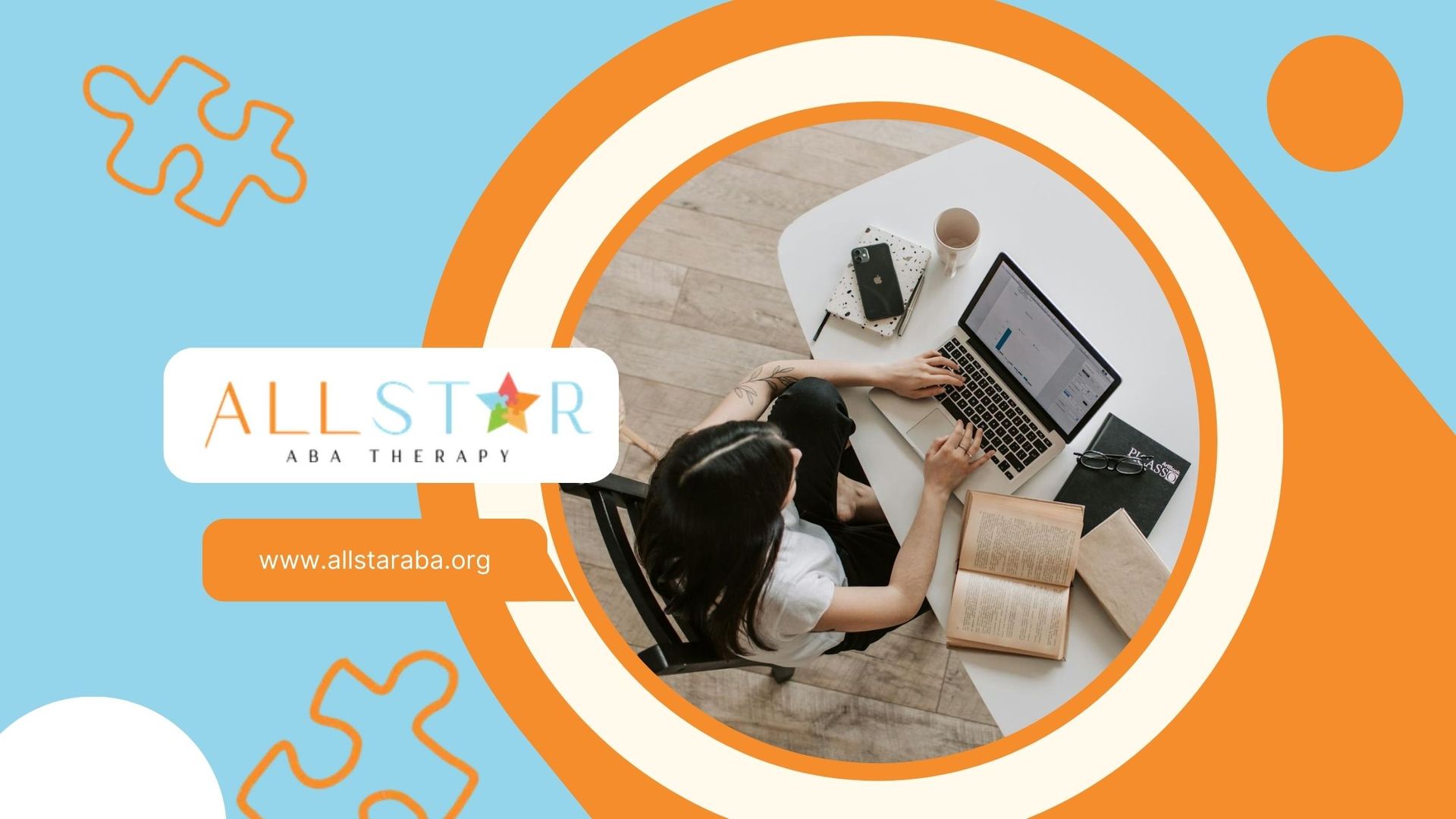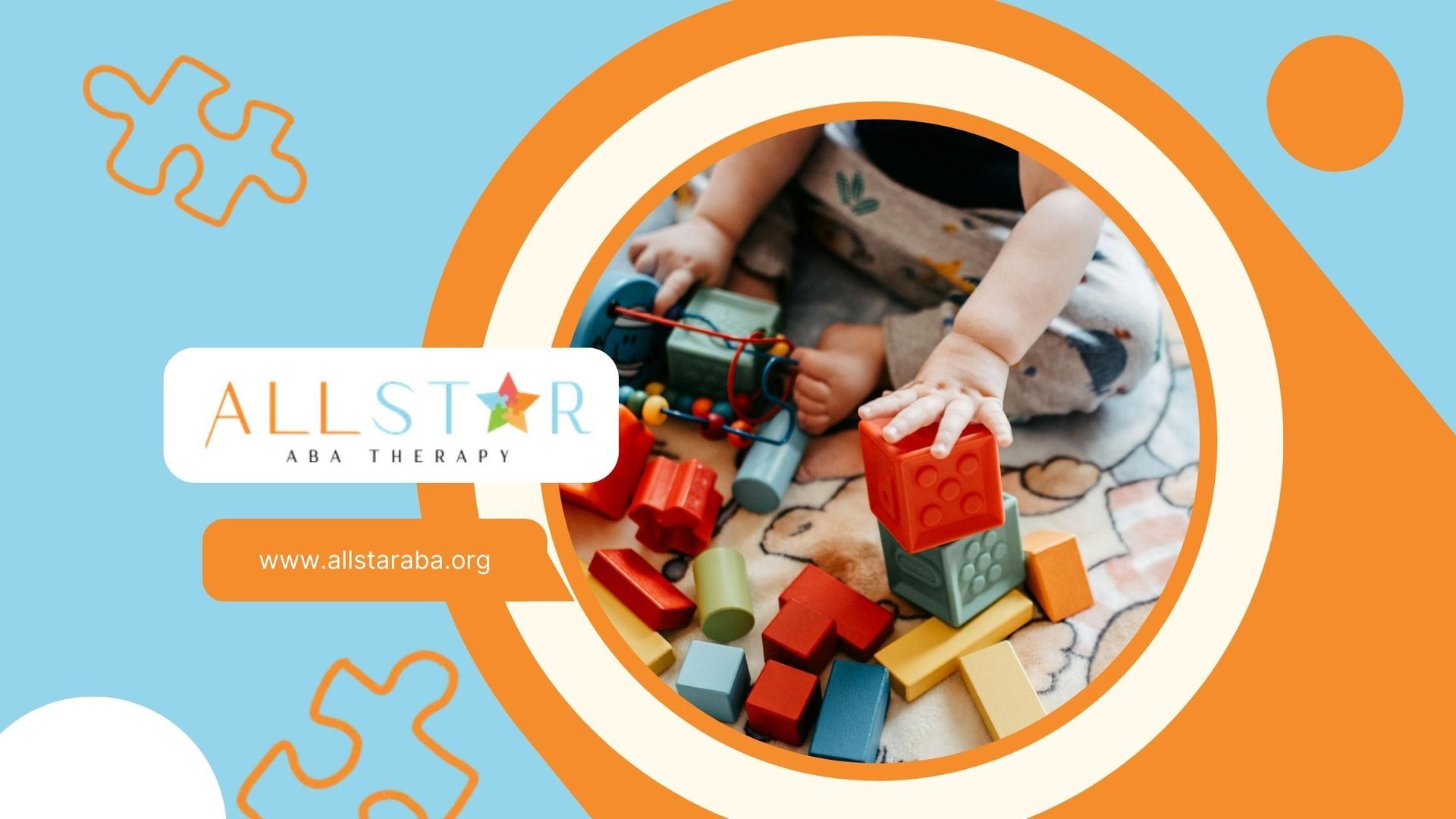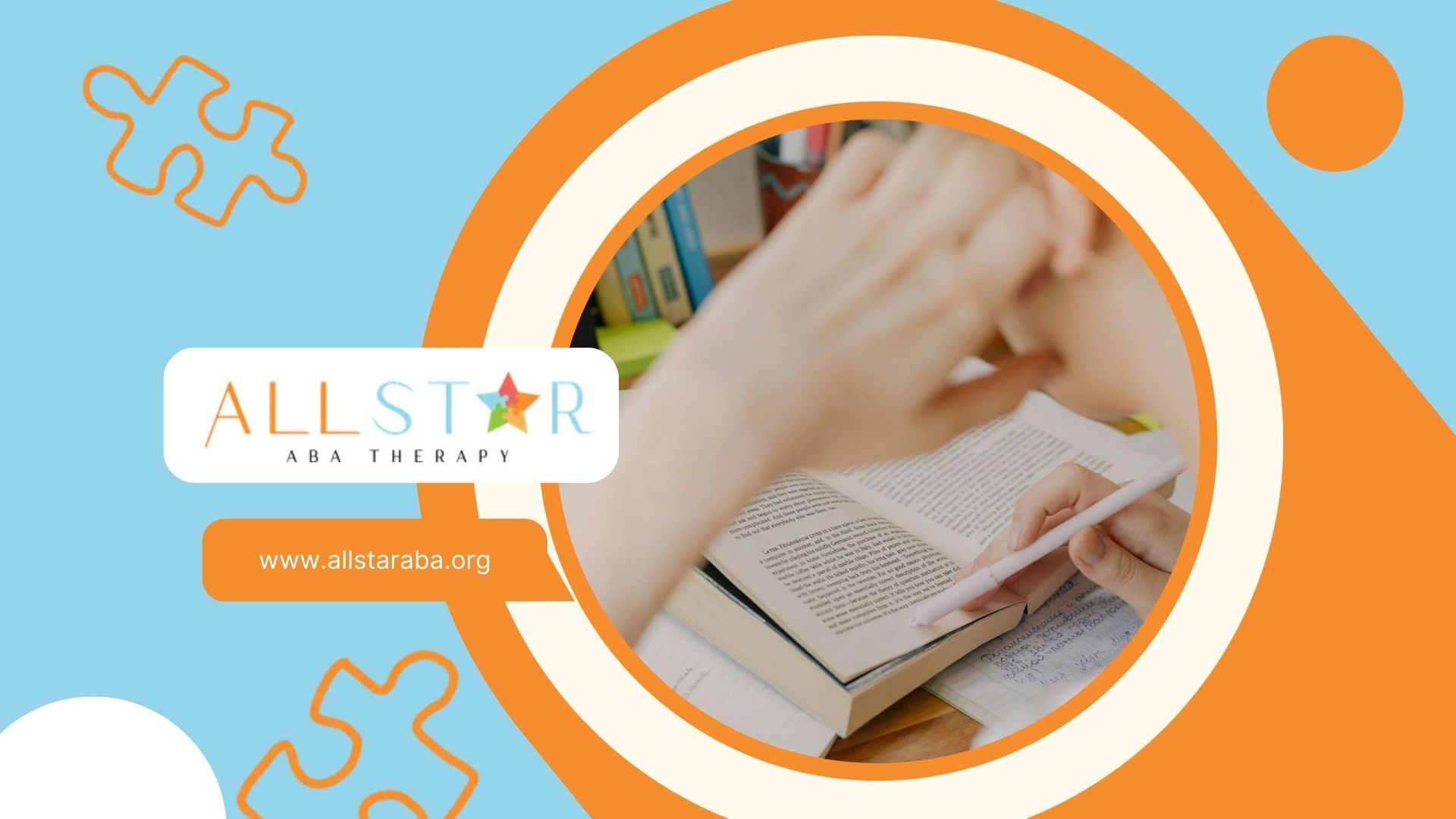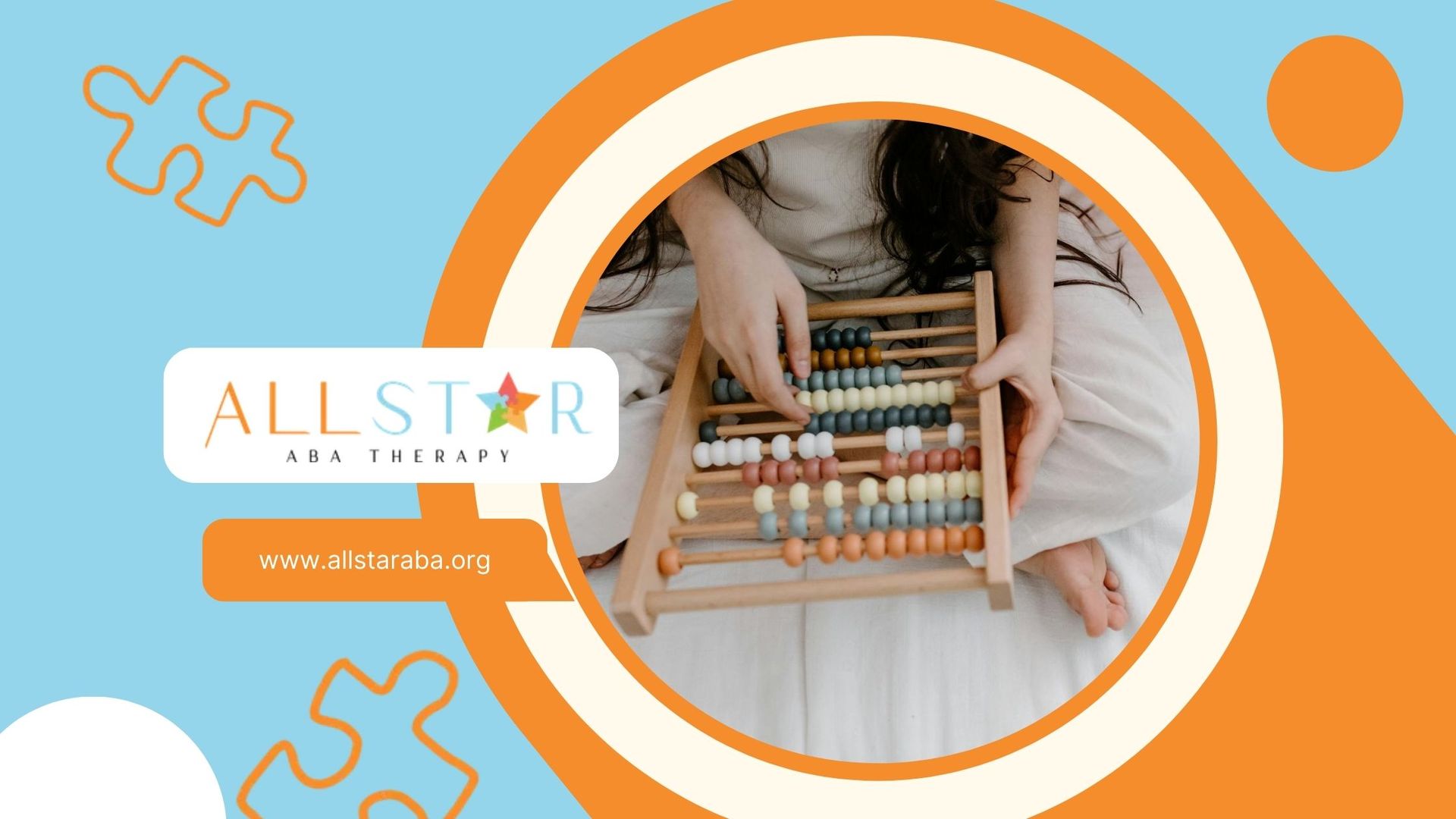New Paragraph
Exploring Love Languages and Autistic Individuals
Understanding Autism and Love Languages
Connecting with someone on the autism spectrum isn't just about understanding their condition; it's about tuning into their unique way of experiencing the world. By exploring how autism intersects with love languages, we can build stronger, more meaningful relationships.
Autism Spectrum Disorder: A Quick Look
Autism Spectrum Disorder (ASD) is a neurodevelopmental condition that affects how people communicate and interact with others. It comes with a variety of traits, like social communication challenges and repetitive behaviors. Each person with autism is different, with their own set of sensory sensitivities and ways of processing information.
Knowing these differences helps us see that there's no one-size-fits-all way to show love. We need to appreciate each autistic person's individuality and respect their unique needs and perspectives.
What Are Love Languages?
Love languages are the different ways people show and feel love. Gary Chapman, a relationship counselor, identified five main love languages: words of affirmation, acts of service, quality time, physical touch, and receiving gifts. Each one is a unique way people express and receive affection.
For those with autism, understanding and adapting these love languages can be key to forming deep connections. While the basic love languages stay the same, it's important to consider how autistic individuals might experience and express them in ways that suit their sensory and communication preferences.
By looking at how autism and love languages intersect, we can find better ways to show love and support. Let's dive into why love languages matter for autistic individuals, explore the different love languages, figure out how to identify them in autistic people, and learn how to nurture these relationships.
Why Love Languages Matter for Autistic Individuals
Understanding love languages can make a big difference in how we connect with autistic individuals. For example, someone with autism might find physical touch overwhelming but feel deeply appreciated through acts of service. Recognizing these preferences helps us communicate love in a way that feels right for them.
The Different Love Languages
- Words of Affirmation: Some people feel loved when they hear kind words. For an autistic person, this might mean clear, direct compliments or written notes that they can read at their own pace.
- Acts of Service: Doing something helpful can be a powerful way to show love. This could be as simple as helping with a task they find challenging or preparing their favorite meal.
- Quality Time: Spending time together is important. For someone with autism, this might mean engaging in a shared interest or simply being present without the pressure of conversation.
- Physical Touch: While some autistic individuals might find touch overwhelming, others might appreciate a gentle hug or a pat on the back. It's all about knowing their comfort level.
- Receiving Gifts: Thoughtful gifts can show love. For an autistic person, this might mean something that aligns with their interests or a sensory-friendly item.
Identifying Love Languages in Autistic Individuals
Figuring out someone's love language can be a bit of a puzzle, especially with autism in the mix. Pay attention to how they respond to different gestures. Do they light up when you help them with something? Do they cherish a heartfelt note? Observing these reactions can give you clues.
Nurturing Relationships with Autistic Individuals
Building a strong relationship with an autistic person means being patient, observant, and flexible. It's about meeting them where they are and showing love in ways that resonate with them. Whether it's through a kind word, a helpful act, or a shared moment, the key is to be genuine and respectful of their unique needs.
By understanding and adapting to the love languages of autistic individuals, we can create connections that are not only meaningful but also deeply supportive. So, let's embrace these differences and find new ways to show love that truly matter.
Why Love Languages Matter for Autistic Folks
Getting the hang of love languages can really change the game for autistic people. These languages offer a way to show and feel love that fits their unique vibes. Let's chat about how love languages can boost communication and why showing love and affection is super important for autistic individuals.
How Love Languages Help Communication
Studies show that love languages can make communication smoother for autistic folks. Research suggests that knowing and using love languages can close communication gaps and help autistic people and their loved ones understand each other better.
When you figure out which love languages click with an autistic person, talking becomes more meaningful. This makes it easier to show love in ways that make sense to them, leading to stronger emotional bonds and better overall happiness.
Showing Love and Affection
Showing love is key in any relationship, especially with autistic individuals. Love languages give a roadmap for expressing love in ways that matter most to them. Since autistic people might have different sensory needs and ways of communicating, it's crucial to adapt how you show love.
For instance, some might love hearing or reading words of affirmation. Others might feel more loved through acts of service, like doing something nice for them. Quality time, physical touch, and receiving gifts are other love languages that can be tweaked to fit their sensory preferences.
Getting to know and using the love languages that resonate with autistic individuals can make relationships more fulfilling and deepen connections. Remember, everyone is different, and their love language might not be the same. Taking the time to understand and honor these preferences can create a loving, understanding, and accepting environment.
By exploring love languages and using them with autistic individuals, we can build stronger relationships and help them feel more connected and happy. Encouraging the use of love languages can lead to richer, more fulfilling lives for everyone involved.
Different Love Languages
Love languages help us understand and express love in ways that resonate deeply with each person. For autistic individuals, these languages can be especially powerful in building strong emotional connections and nurturing relationships. Let's break down the different love languages and see how they can be meaningful for autistic folks.
Words of Affirmation
Words of affirmation are all about using verbal or written expressions to show love, appreciation, and encouragement. Autistic individuals might find comfort and reassurance in positive affirmations, praise, and compliments. Simple statements like "I love you," "You did a great job," or "I'm proud of you" can make a huge difference in their emotional well-being. These words can help them feel valued and understood, boosting their self-esteem and confidence.
Acts of Service
Acts of service involve doing things for others to show love and support. For autistic individuals, practical actions that make their lives easier or more comfortable can be incredibly meaningful. This could include helping with daily tasks, preparing meals, organizing their living space, or assisting with personal care. By offering assistance and support, you show your love and commitment in a tangible way.
Quality Time
Quality time is about spending meaningful and focused time together. For autistic individuals, creating a calm and sensory-friendly environment is crucial during quality time. Engaging in activities they enjoy and that align with their interests can foster a strong emotional connection. This could involve playing games, engaging in shared hobbies, going for walks, or simply having heartfelt conversations. The key is to be fully present and attentive during this time, allowing for genuine connection and understanding.
Physical Touch
Physical touch involves expressing love and affection through physical contact. However, it's important to note that each autistic individual may have different sensory sensitivities and preferences. Some may enjoy hugs, hand-holding, or gentle touches, while others may prefer alternative forms of physical touch, such as weighted blankets or deep pressure therapy. It's essential to respect their boundaries and preferences regarding physical contact.
Receiving Gifts
Receiving gifts is not necessarily about material possessions, but rather the thought and effort behind them. Autistic individuals may appreciate symbolic or sensory-friendly gifts that align with their interests and preferences. These gifts can serve as reminders of love and care. It's important to consider their individual sensory needs and sensitivities when selecting gifts.
Understanding and embracing the different love languages can greatly enhance the emotional well-being and relationships of autistic individuals. By recognizing and respecting their preferences, you can create an environment where they feel loved, valued, and understood. Remember that love languages are not fixed and can evolve over time, so ongoing communication and sensitivity are key in nurturing relationships with autistic individuals.
To learn more about love languages and autism, check out our article on love languages for autistic individuals.
Figuring Out Love Languages in Autistic Folks
Getting a handle on how autistic people show and receive love is super important for building strong relationships. Everyone's got their own way of expressing love, and it's all about tuning in to those unique vibes.
Spotting What They Like
Every autistic person has their own way of showing and feeling love. The trick is to really watch and listen to how they react to different things. What makes them smile? What calms them down? These little clues can help you figure out their love language.
Take, for instance, someone who lights up when they hear kind words. They might really value verbal affirmations. Another person might crave hugs or just enjoy hanging out together. It's key to stay open-minded because their love language might not fit the usual mold.
Talking openly with them or their caregivers can also shed light on their preferences. Ask questions, get their input, and you'll get a better sense of what makes them tick. Sometimes, professionals who specialize in autism can offer tips and insights to help you out.
The Hurdles
Understanding love languages in autistic people isn't always straightforward. Here are some common bumps in the road:
- Sensory Stuff: Some autistic folks have sensory sensitivities. A hug might feel like too much, or certain sounds might be overwhelming. You might need to find other ways to show love that feel good to them.
- Communication Styles: Expressing emotions or understanding others can be tricky for some autistic people. They might use non-verbal cues or have their own unique ways of communicating. Patience and flexibility are your best friends here.
- Different Strokes: Just like everyone else, autistic people have varied preferences. One person might love one thing, while another might not. Avoid making assumptions and be ready to adapt to their unique needs.
By being aware of these challenges and working to understand and meet the love languages of autistic individuals, you can build stronger, more meaningful connections.
Understanding how autistic folks express and receive love takes time, observation, and a willingness to adapt. By tuning into their preferences and tackling the challenges head-on, you can create a loving environment that respects and celebrates their unique ways of connecting.
Building Relationships with Autistic Individuals
Connecting with autistic folks isn't rocket science, but it does take some heart and a bit of know-how. Let's dive into some ways to make those connections meaningful and lasting.
How to Communicate Effectively
Talking is easy, but communicating well, especially with someone on the autism spectrum, takes a bit more finesse. Here are some tips to make it smoother:
- Show, Don’t Just Tell: Visual aids like schedules, social stories, and cues can be game-changers. They help make sense of what's happening and what's expected. Think of them as the GPS for social interactions.
- Keep It Simple: Ditch the fancy words and abstract ideas. Stick to clear, straightforward language. Break things down into bite-sized pieces so they're easier to digest.
- Tech to the Rescue: Tools like communication boards, PECS, or speech-generating devices can be lifesavers. They help bridge the gap between what someone wants to say and how they can say it.
- Listen Up: Pay attention to more than just words. Non-verbal cues can speak volumes. Show patience and empathy, and you'll build trust faster than you think.
These strategies, tailored to each person’s needs, can make communication a lot more effective.
Creating Emotional Bonds
Emotional connections are the glue that holds relationships together. Here’s how to make them stick:
- Respect Their Space: Everyone needs their bubble, and autistic individuals might need it a bit more. Be mindful of their sensory preferences and create a calm environment.
- Find Common Ground: Shared interests are gold. Whether it’s a hobby, a game, or a favorite topic, engaging in these activities can build a strong bond.
- Be Patient and Understanding: Emotions can be tricky. Autistic individuals might express them differently or have trouble reading yours. Patience and empathy go a long way.
- Encourage Their Voice: Help them speak up about their feelings and needs. This boosts their confidence and makes them feel valued. Listen actively and validate their emotions.
By focusing on clear communication and emotional connection, you can build relationships that are supportive, loving, and enriching for everyone involved. These bonds not only enhance well-being but also bring a lot of joy and understanding into your life.
Supporting Autistic Folks in Relationships
Helping autistic people in their relationships and understanding their unique ways of showing love means creating a welcoming space and appreciating different ways they express and receive affection.
Making a Comfortable Space
Making a comfy space is key to helping autistic folks feel good emotionally. This means understanding their sensory needs, communicating clearly, and making them feel safe and accepted. By reducing sensory overload and allowing self-expression, autistic individuals can feel more at ease and open to relationships.
Here are some tips for making a comfy space:
- Sensory-friendly zones: Set up quiet areas free from too much sensory input. This could be a special room or using noise-cancelling headphones to cut down on noise.
- Visual aids: Use visual schedules, social stories, and visual cues to help with communication and daily routines.
- Clear talk: Use simple, clear language and visual or written aids to help understanding and reduce stress. Be patient and let them process info at their own speed.
- Encourage independence: Give autistic folks control over their environment to build confidence. Offer choices and support self-advocacy.
Appreciating Different Love Languages
Understanding and valuing different love languages is crucial for supporting autistic people in their relationships. While the five love languages (words of affirmation, acts of service, quality time, physical touch, and receiving gifts) are well-known, autistic individuals might have unique sensory-friendly love languages that fit their sensory needs and communication styles.
To better understand and appreciate different love languages:
- Watch and listen: Notice how autistic folks show and receive love. Pay attention to their favorite sensory experiences, communication styles, and reactions to different kinds of affection. Listen to both their words and actions to understand their preferences.
- Respect boundaries: Some autistic individuals might find certain types of physical touch uncomfortable. Respect their boundaries and show affection in ways that suit them.
- Personalize love: Customize how you show love based on their preferences. This might mean using sensory-friendly gestures or doing acts of service that match their interests and needs.
By making a comfy space and appreciating different love languages, we can better support autistic individuals in their relationships, helping them build meaningful connections and feel good overall.
Need Support?
We're Here to Help!
Our experienced team is ready to assist you. Reach out today to discuss how we can support your child's development and well-being.
Get started with expert ABA therapy today.
Related posts

All Star ABA delivers the gold standard of care, Applied Behavioral Analysis (ABA) therapy, for individuals diagnosed with ASD, from infancy to age 21.
Quick Links
All Rights Reserved | All Star ABA







